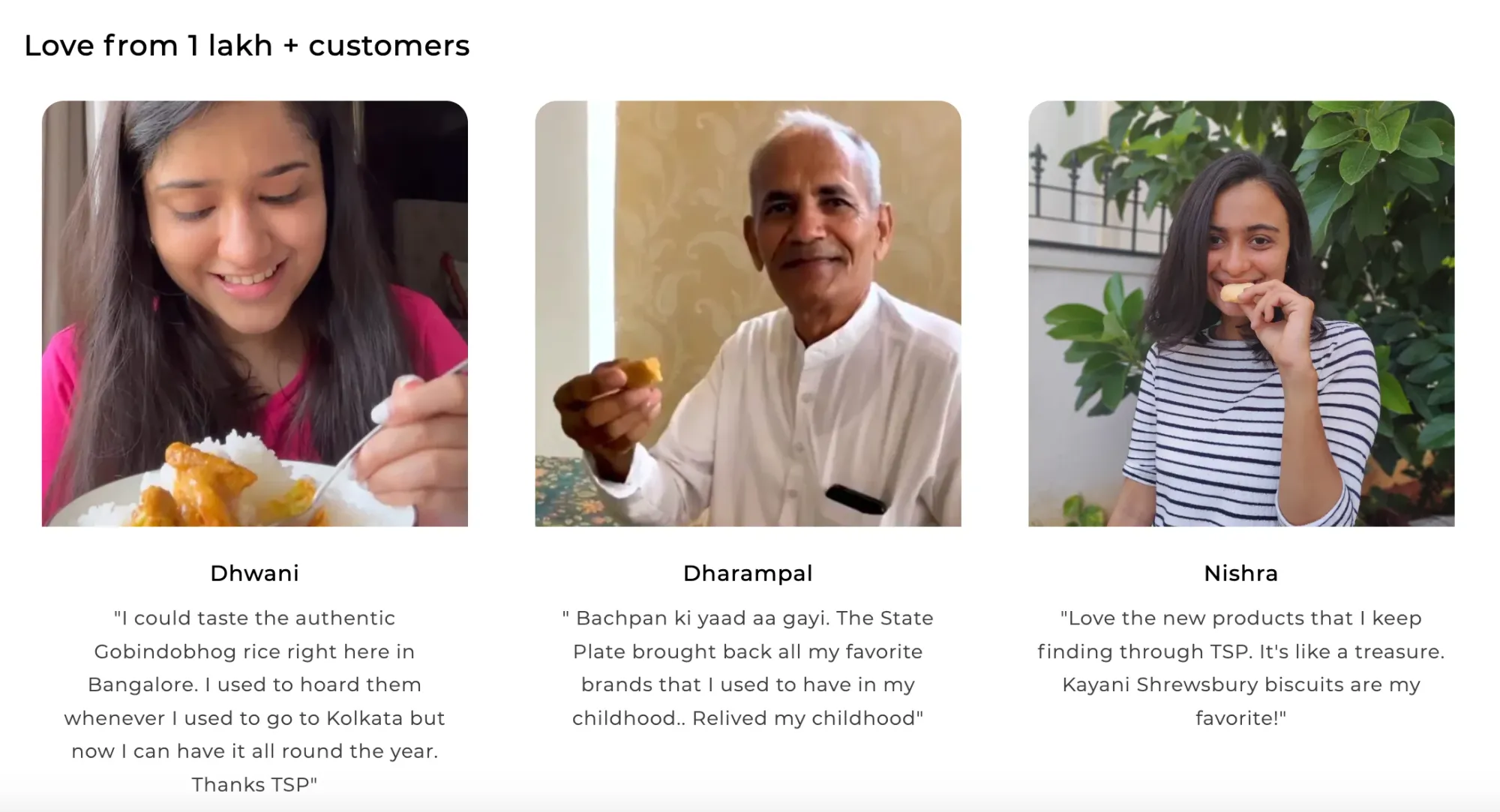
How can D2C brands master the art of customer retention and loyalty?
Wed Oct 11 2023
4 min read
From fin-tech & D2C, to entrepreneurship & investing, Kaleidoscope is Klub's take on the how's and why's of the finance, investment, & D2C worlds.
Every brand can tap into a global audience in today's digital age. But for direct-to-consumer (D2C) businesses, this presents a unique challenge. While many brands burst onto the scene with initial success, longevity is the accurate measure of their strength. It's one thing to attract customers, but retaining them is where the real skill lies.
Navigating the competitive waters of the D2C landscape demands a dual focus: not just acquiring customers but keeping them engaged long-term. Industry insiders echo this sentiment. For instance, Raghav Jhawar, the founder of the Shark Tank-featured brand State Plate, believes in the long game. He says, “Brands aren't built overnight.” Establishing a genuine connection with consumers requires dedication, consistency, and the agility to evolve as the market transforms.

Content to Commerce: Crafting engaging content that seamlessly integrates commerce has become paramount in the D2C space. Brands need to strategically blend informative and promotional content to capture and retain audiences.
The DNA of sustainable branding
In an era where fleeting trends dominate, sustainable branding is about crafting enduring connections, establishing trust, and adapting to consumer’s ever-evolving desires.
The success of branding lies in many factors, chief among them being consistency.
How to increase your ROAS (Return on Ad Spend): Maximising Return on Ad Spend is crucial for sustainable growth in D2C. Brands must analyse and optimise their advertising campaigns to ensure efficient use of resources and higher returns.
Consistency is king: Jhawar couldn't have said it better, “Consistency is the cornerstone of brand-building.” His insights show that while brands might pivot to cater to market needs, their foundational ethos should remain steadfast. Genuine brands withstand turbulence without sacrificing their core identity.
Delivering evolving value: As trends can quickly shift, agility is essential for brands. Echoing this sentiment, Raghav emphasises that brands need to “constantly evolve, ensuring they offer relevant value to their consumers”.
Mastering retention strategies
In a marketplace flooded with options, retaining customers is as vital as acquiring them. Effective retention strategies involve a mix of data-driven insights, empathetic understanding, and innovative approaches.
- ROAS optimisation: Understanding and optimising Return on Ad Spend is integral to effective retention strategies. By targeting high-value customers and refining advertising strategies, brands can enhance ROAS and foster long-term customer relationships.
- Segment and understand: Innovative tools like WebEngage and Mailchimp have revolutionised customer segmentation based on behaviours. Following Jhawar's insights, successful brands segment their audience by factors like susceptibility to discounts, consistent buying behaviour, and platform preferences, tailoring their approach for each group.
- Mapping user journeys: Consider the story of a customer who initially bought during a flash sale but became a consistent, full-price shopper. Understanding this evolution from a one-time buyer to a loyal supporter is essential. It's not just about numbers; it's about comprehending the narrative behind each customer's journey with the brand.
- Financial acumen: Jhawar highlights, “While initial orders might just break even, the aim is to habituate them to the brand.” The goal isn't instant profit; it's fostering long-term brand loyalty and affinity.
- Shark Tank: Drawing insights from successful pitches on Shark Tank, brands can learn valuable lessons about effective marketing, product differentiation, and customer engagement.
- Navigating discount dynamics: Periodic sales might attract visitors, but genuine value keeps them around. As consumers become savvier, brands should prioritise actual value over shallow discounts. Jhawar states, “Consumers are sharp; they recognize value versus mere cost.”
- Leveraging word of mouth: One positive customer testimony can dramatically amplify a brand's reach in our age of influencers and viral moments. Brands should aim for this kind of organic promotion.
Crucial metrics to keep an eye on
Embedded in Jhawar's approach are key metrics such as GMV growth, gross margins, and discount levels. Especially in the D2C sphere, monitoring repeat purchase rates and order counts from repeat customers is critical. Personal interactions can further shine a light on areas for improvement.
Jhawar's approach offers a blend of both quantitative and qualitative insights. The metrics aren't just numbers; they reflect the brand's health and resonance with consumers.
Acquisition in the age of rising costs
As advertising costs skyrocket, organic growth, community building, and authentic engagement can offset these rising costs. Jhawar's observation rings true: “With the rising cost of paid marketing, it's prudent to pivot towards organic growth avenues.”
While organic growth is essential, another aspect brands should not ignore is the potential held by specific seasons.
The power of seasonality

By curating a Diwali hamper, The State Plate taps into the vibrant spirit and celebratory mood that permeates during this auspicious festival. Each item in the hamper is carefully selected to resonate with the essence of Diwali, offering customers a taste of tradition and nostalgia. From artisanal sweets infused with aromatic spices to premium nuts and snacks symbolising prosperity, every element is designed to elevate the Diwali experience, making it an irresistible choice for both gifting and personal indulgence.
Furthermore, The State Plate's strategic move to capitalise on Diwali sales not only boosts short-term revenue but also fosters long-term brand loyalty. By aligning with cultural festivities, the brand establishes a deeper connection with its customers, positioning itself as more than just a purveyor of food products but as a companion in their cultural celebrations. This approach not only drives sales during Diwali but also sets a precedent for future seasonal offerings, ensuring sustained growth and relevance in the ever-changing market landscape.
Looking forward
State Plate, recently acquired by Justmyroots, is a prime example of a brand adapting and looking toward the future. Short-term, they set their sights on the bustling festive season. In the grander scheme, they're keen on innovative avenues and expanding their reach, even eyeing international shipping for the nostalgia-driven Indian diaspora.
Conclusion
D2C is more than just a business model; it's about relationships, connections, and trust. Jhawar’s perspective sums it up eloquently, emphasising the importance of “forging lasting relationships underpinned by trust and mutual respect”. Ultimately, this essence is the real measure of a brand's triumph in the D2C realm.








